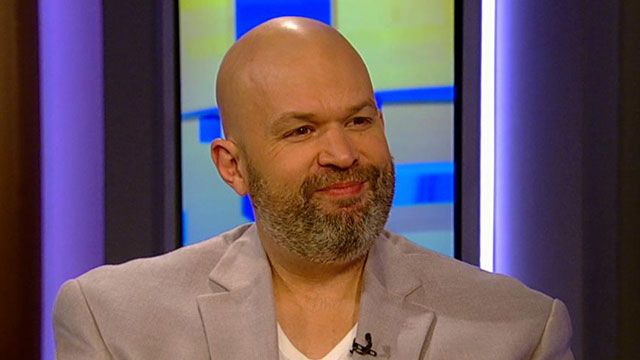Henry Hazlitt wrote Economics in One Lesson in 1946 and it is still a classic. Hazlitt was a reporter, not a credentialed economist and he brought the dry concepts of economics to the lay reader. Kevin Williamson, a journalist as well, has assumed the mantle of Hazlitt. Williamson majored in English literature, but has written some of the most illuminating pieces in economics since Hazlitt.
Welcome to the Paradise of the Real was written over two years ago and I still refer it to readers. Sneaky Inflation is equal to that piece in bringing sound economic thought to bear on current issues with an engaging style. Both pieces are in National Review.
An excerpt from Sneaky Inflation:
But there is a story that is closer to home, too. Writing at the Financial Times, Matthew C. Klein reports that almost all of the consumer-price inflation we’ve experienced in recent years — 88 percent of it — has come from four heavily regulated, partly government-run sectors: health-care services, housing, education, and prescription drugs. Of the four, health-care services is easily the most significant driver of inflation, followed by (in order) housing, education, and prescription pharmaceuticals. P. J. O’Rourke’s famous prediction about health care — “If you think it’s expensive now, wait until it’s free” — is turning out to be prescient, and the hilariously misnamed Affordable Care Act is expected to drive many medical expenses higher, including (the sums are staggering) the expense of Medicaid fraud.
The perverse fact is that government efforts to make politically important goods such as education and health care less expensive make them more expensive. This is because most government programs are designed as though supply and demand do not actually exist, or as though they are optional. Consider not only Obamacare but all of the other efforts we’ve made over the past several decades to make health care more affordable. None of those programs subtracts from the number of Americans needing or desiring medical services; none of them adds to the number of physicians, dentists, nurses, or pharmacists available to meet that demand, or to the number of hospital beds, clinics, or pharmaceutical factories. Demand is what it is, and supply is what it is, and the government simply dumps money into the equation. A larger quantity of money chasing an unchanged supply of goods is something close to the classical definition of inflation, so it is no surprise to see medical prices increasing far more rapidly than those of other consumer goods.
HKO
Please read the whole article


Recent Comments